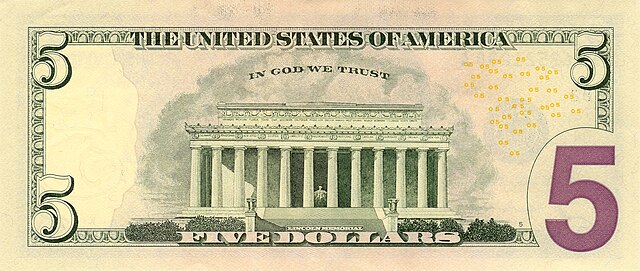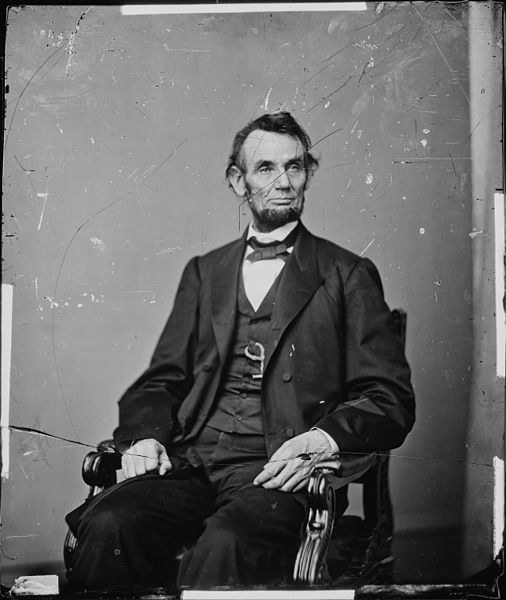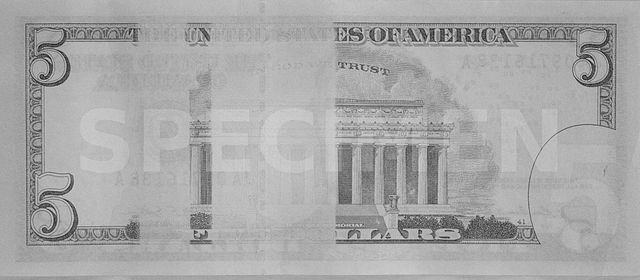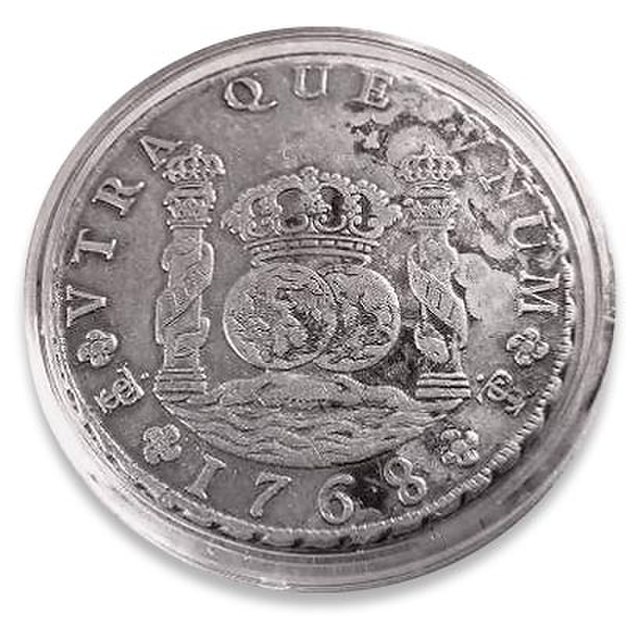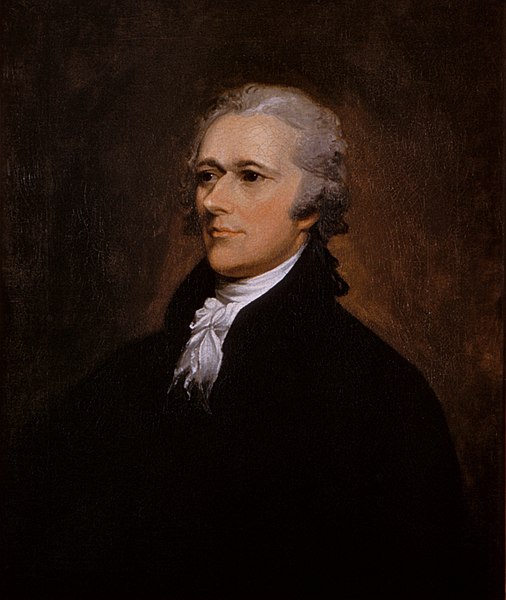United States five-dollar bill
The United States five-dollar bill ($5) is a denomination of United States currency. The current $5 bill features U.S. president Abraham Lincoln and the Great Seal of the United States on the front and the Lincoln Memorial on the back. All $5 bills issued today are Federal Reserve Notes. As of December 2018, the average life of a $5 bill in circulation is 4.7 years before it is replaced due to wear. Approximately 6% of all paper currency produced by the U.S. Treasury's Bureau of Engraving and Printing in 2009 were $5 bills.
Image: US $5 Series 2006 obverse
Image: US $5 Series 2006 reverse
Mathew Brady's February 9, 1864, portrait of Lincoln is used for the current $5 bill (series 1999 issue and later).
The reverse of the five-dollar bill has two rectangular strips that are blanked out when viewed in the infrared spectrum, as seen in this image taken by an infrared camera.
The United States dollar is the official currency of the United States and several other countries. The Coinage Act of 1792 introduced the U.S. dollar at par with the Spanish silver dollar, divided it into 100 cents, and authorized the minting of coins denominated in dollars and cents. U.S. banknotes are issued in the form of Federal Reserve Notes, popularly called greenbacks due to their predominantly green color.
Spanish silver eight-real or peso of 1768
Alexander Hamilton finalized the details of the 1792 Coinage Act and the establishment of the U.S. Mint.
Continental one third dollar bill (obverse)
Series of 1917 $1 United States Note


